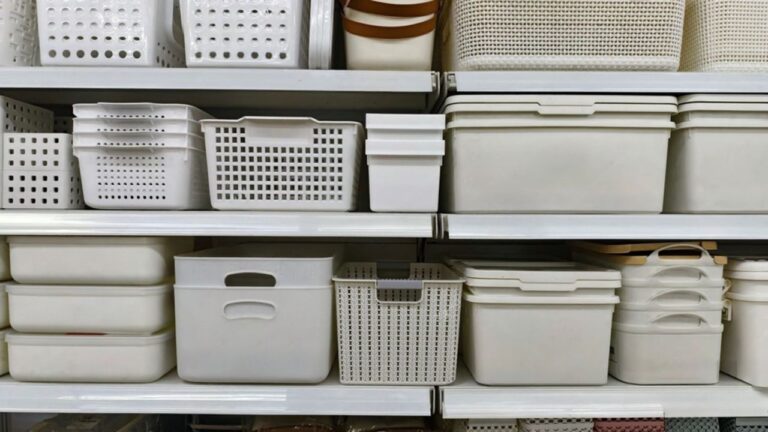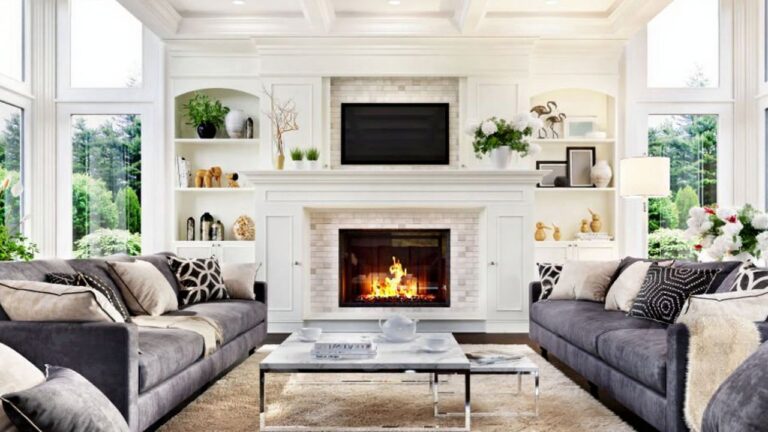10 ways to create zones that actually feel natural
Zoning isn’t taping lines on the floor. It’s giving each activity a leader, the right tools, and clean edges—so the space works the way you actually live.
Name the job and pick one clear focal point

Reading? Card games? Homework? Pick one and let that zone have a leader—lamp + chair, table + two seats, or desk + task light.
A strong focal point tells everyone how to use the space without a sign.
When the job is obvious, clutter drops because tools finally have a home.
Anchor each zone with the right-size rug
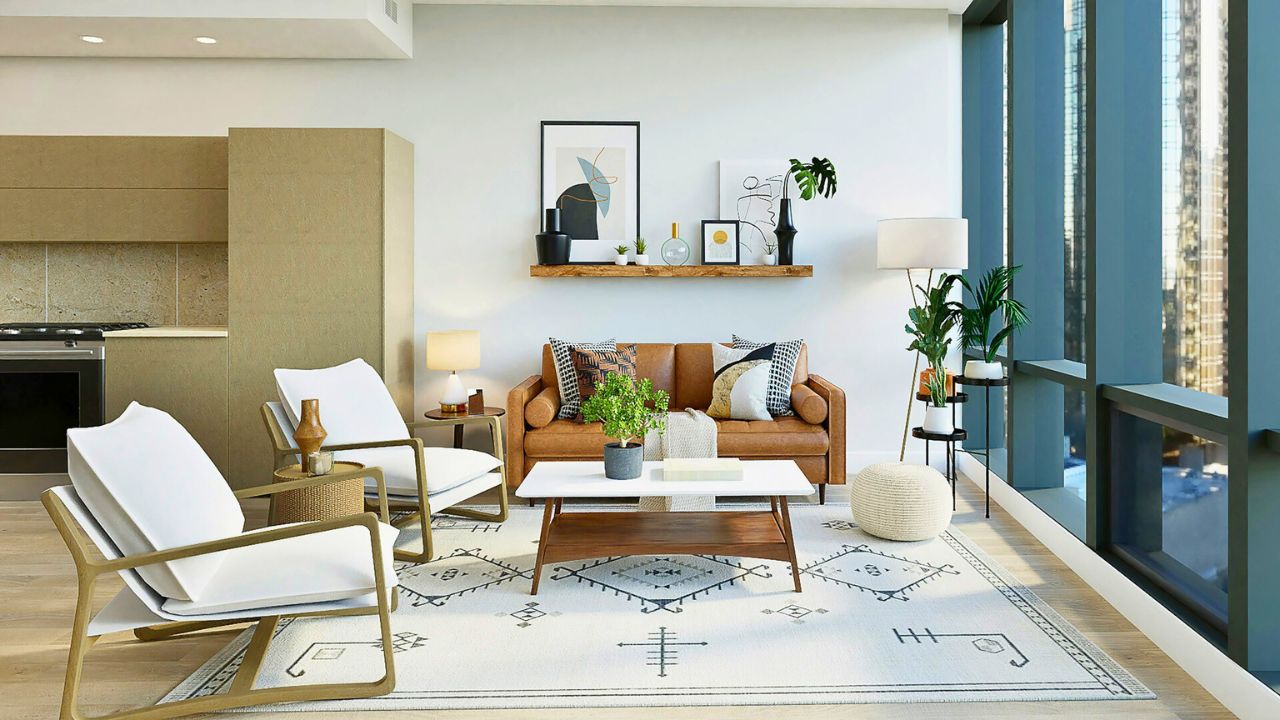
Rugs are boundaries you can see and feel.
For conversation, front legs on the rug. For dining, chairs should stay on when pulled out.
If your favorite rug is smaller, layer it on a larger natural-fiber base so the boundary still holds.
Use storage as a low wall

Console with doors behind a sofa, a sideboard between dining and living, or a low shelf that backs a play corner.
Closed storage keeps the visual noise down; open storage invites piles.
Label a few bins so clean-up is mindless and fast.
Shift lighting from general to task
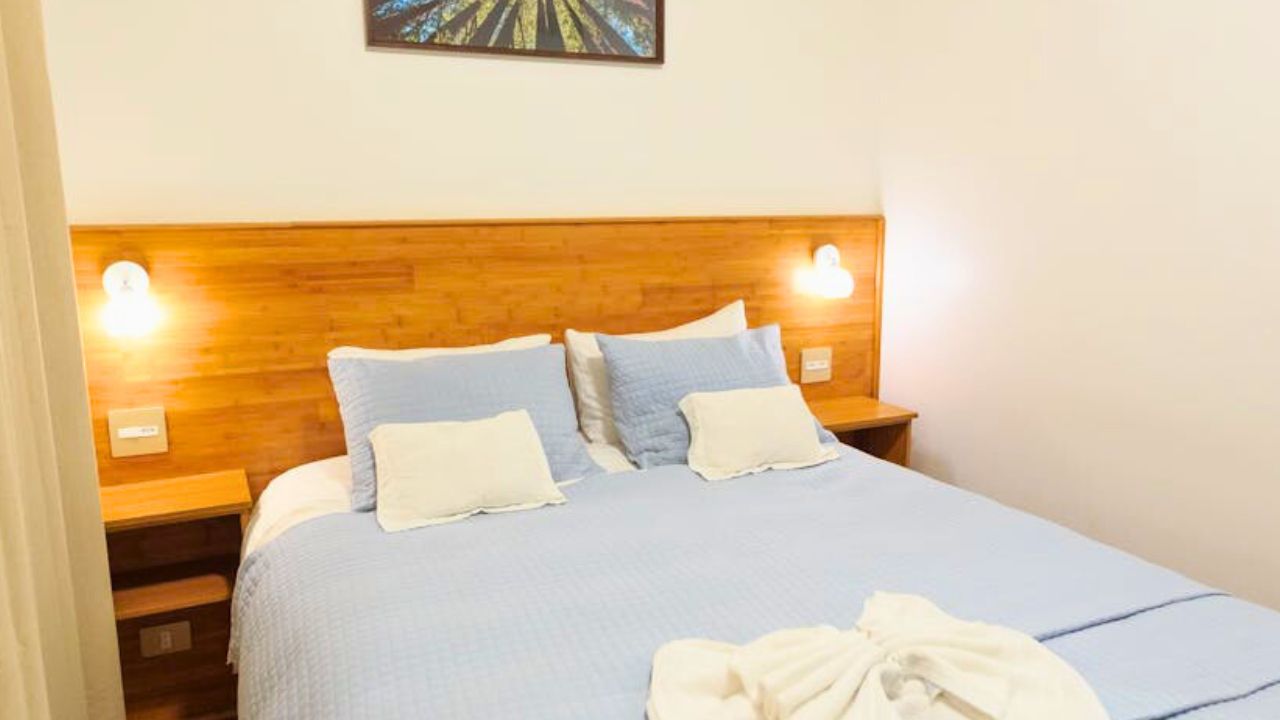
Overhead for volume, then job-specific light in each zone: reading lamp, picture light over a desk, under-cabinet for prep.
Warm bulbs make zones feel cozy instead of clinical.
If you can add only one thing, make it a plug-in sconce at face height where you actually sit.
Give every hot spot an edge
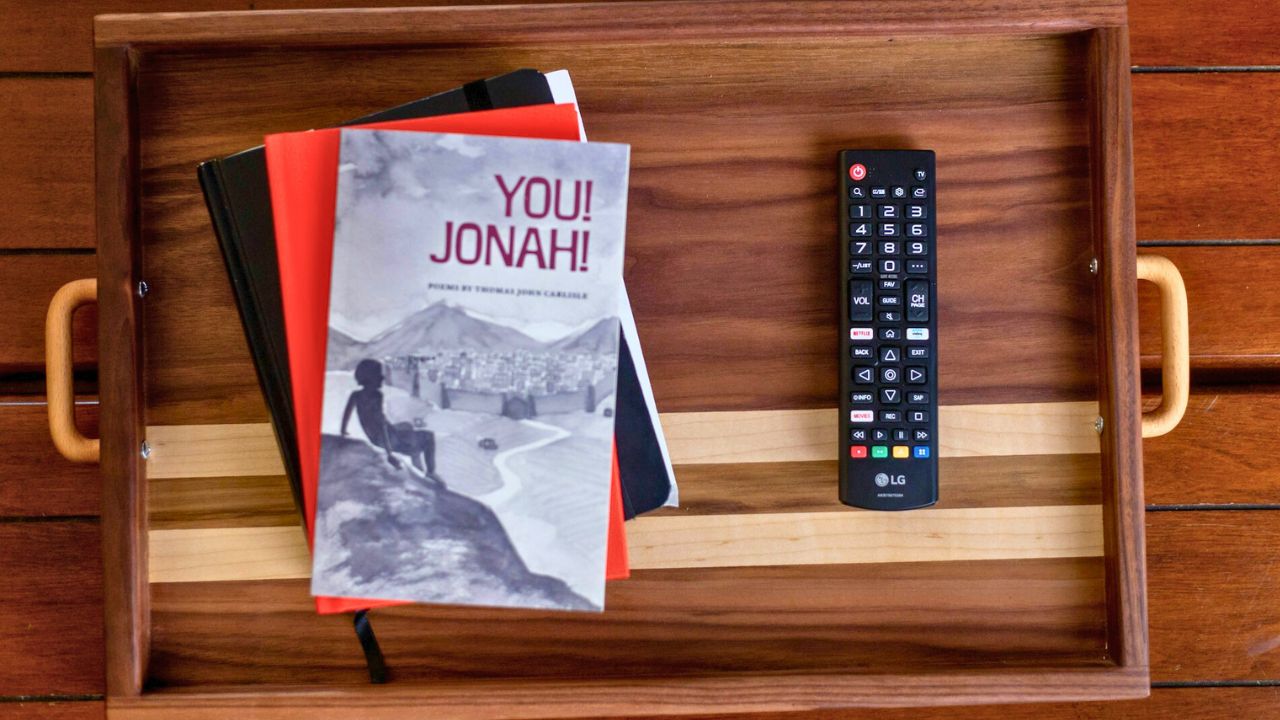
Tray on the coffee table, runner on the dresser, board by the range, bowl by the door.
Edges stop drift. When borders are obvious, the clutter has somewhere to land.
Same stuff, calmer view.
Create a kid zone that blends in
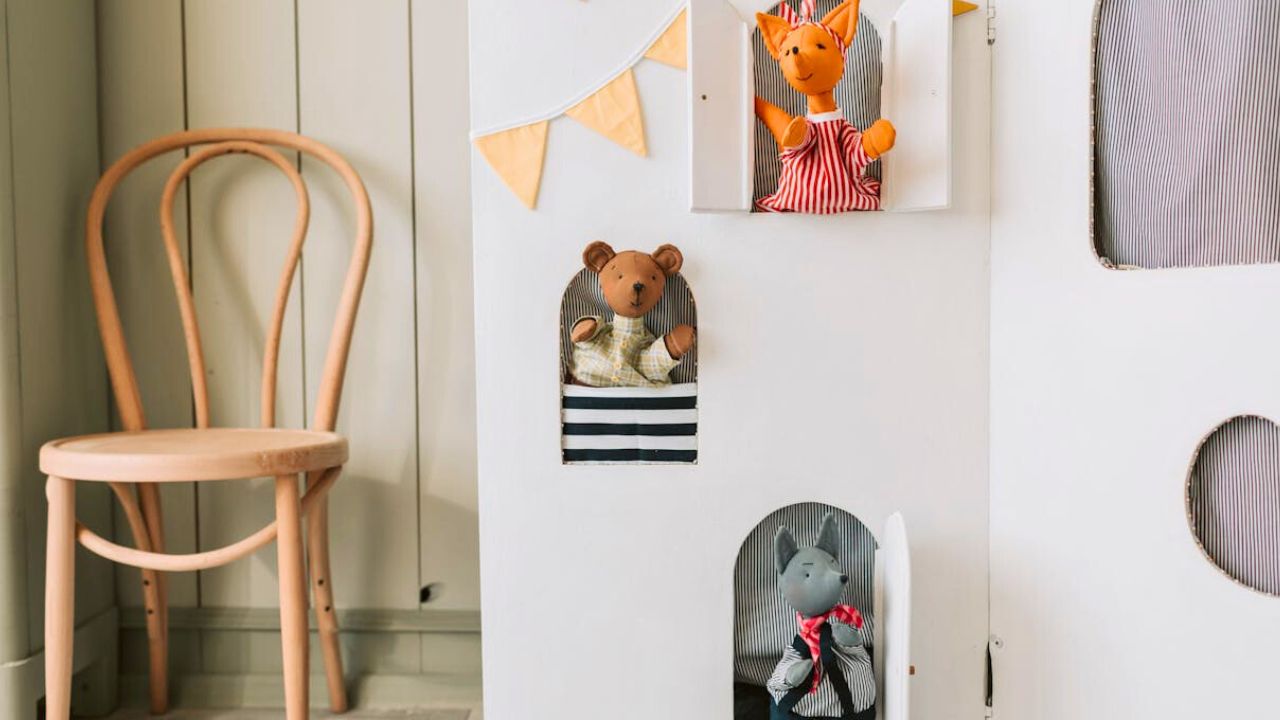
Pick two bins that match your palette and a low shelf or lidded ottoman.
Rotate a handful of toys into the living area; the rest live in a closet.
When clean-up is a two-minute reset, the adult zones keep their shape.
Use furniture angles to open lanes
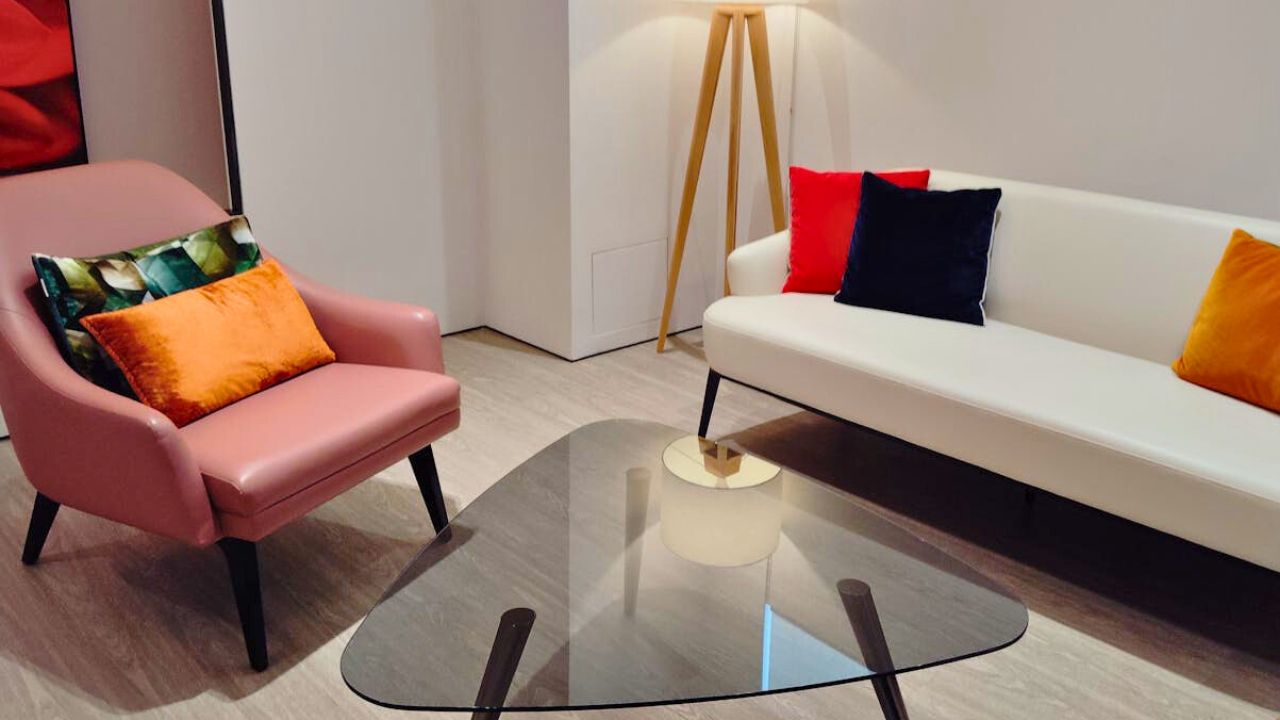
Angle one chair 10–15 degrees to point people where you want them to walk.
A slightly turned seat near a hallway reads like an invitation, not a barricade.
Test with painter’s tape before you move heavy pieces.
Put a soft “speed bump” between zones

A runner, a plant in a floor pot, or a narrow console signals “you’re leaving one area and entering another.”
Keep it low enough not to block sightlines, but present enough to slow the eye.
It’s a divider without becoming a wall.
Keep tools where the job happens

Pencils and chargers near the homework table, coasters and a blanket near the conversation area, a lighter and tea lights in a dining drawer.
If tools live in the zone, the habit sticks.
You’ll stop crossing the room mid-task, which is half of why spaces fall apart.
End with a nightly zone reset

Five minutes: return tools to their edges, click lamps, fold throws, and clear surfaces.
Consistency is what keeps zones from melting into one big pile.
Tomorrow’s layout starts tonight.
Like Fix It Homestead’s content? Be sure to follow us.
Here’s more from us:
8 upgrades that look like you spent thousands (but didn’t)
9 small changes that instantly make a house feel high-end
*This article was developed with AI-powered tools and has been carefully reviewed by our editors.


